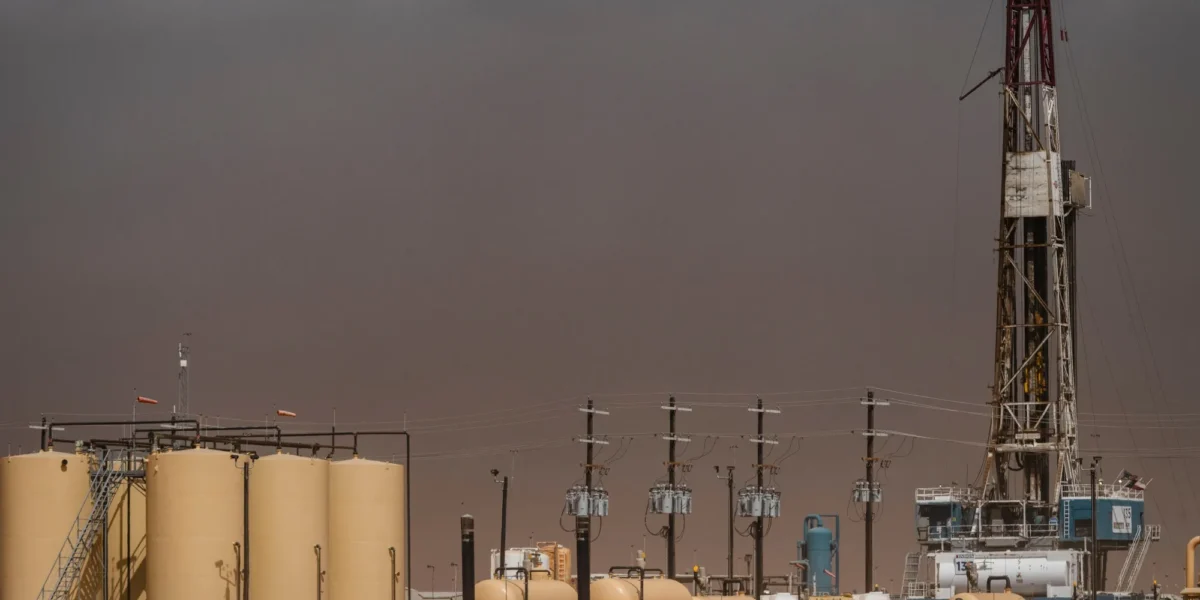Introduction
The United States has firmly established itself as the world’s leading producer of oil and natural gas. From the shale boom to cutting-edge technology, strategic investments, and policy shifts, America’s energy sector has transformed dramatically over the past two decades. But how exactly did the U.S. reach this dominant position—and what keeps it at the top? Let’s break it down.
1. The Rise of Shale Revolution
At the heart of America’s oil and gas resurgence is hydraulic fracturing (fracking) and horizontal drilling. These technologies unlocked vast reserves trapped in shale formations, particularly in regions like:
-
Permian Basin (Texas & New Mexico)
-
Bakken Formation (North Dakota)
-
Marcellus Shale (Pennsylvania & West Virginia)
The shale boom that began in the mid-2000s turned the U.S. from a major importer of oil to a net exporter by 2019.
2. Technological Innovation
U.S. producers have consistently embraced innovation to reduce costs and improve efficiency. Key technologies include:
-
Advanced seismic imaging for precise drilling
-
Automated rigs and AI-driven operations
-
Carbon capture and enhanced oil recovery (EOR) techniques
These advances allow American companies to compete even when oil prices are low.
3. Strong Private Sector and Competitive Market
Unlike many other countries where oil & gas industries are state-run, the U.S. has a vibrant private sector. Thousands of independent producers compete alongside major players like ExxonMobil and Chevron. This fosters:
-
Faster innovation
-
Cost-efficiency
-
Flexibility in response to market shifts
4. Strategic Infrastructure
The U.S. has heavily invested in infrastructure to support exploration, production, and export:
-
Vast network of pipelines
-
LNG terminals (for liquefied natural gas exports)
-
Refineries along the Gulf Coast
These assets allow the U.S. to respond swiftly to global demand and export both crude oil and natural gas to key markets.
5. Government Policy & Support
Supportive policies have also played a role, such as:
-
Lifting the crude oil export ban in 2015
-
Federal incentives for energy investment
-
Deregulation in certain sectors to spur development
Energy independence has also become a national priority, influencing defense and foreign policy decisions.
6. Global Impact
The U.S.’s position as a top oil and gas producer has major implications:
-
Energy security: Less dependence on foreign energy
-
Geopolitical leverage: Stronger position in global affairs
-
Economic growth: Millions of jobs and significant GDP contribution
It also allows the U.S. to influence global prices, often acting as a counterbalance to OPEC+ decisions.



